Venus
A form is born from the eternal feminine: the sea, like Venus, reveals itself as the primordial origin of life.
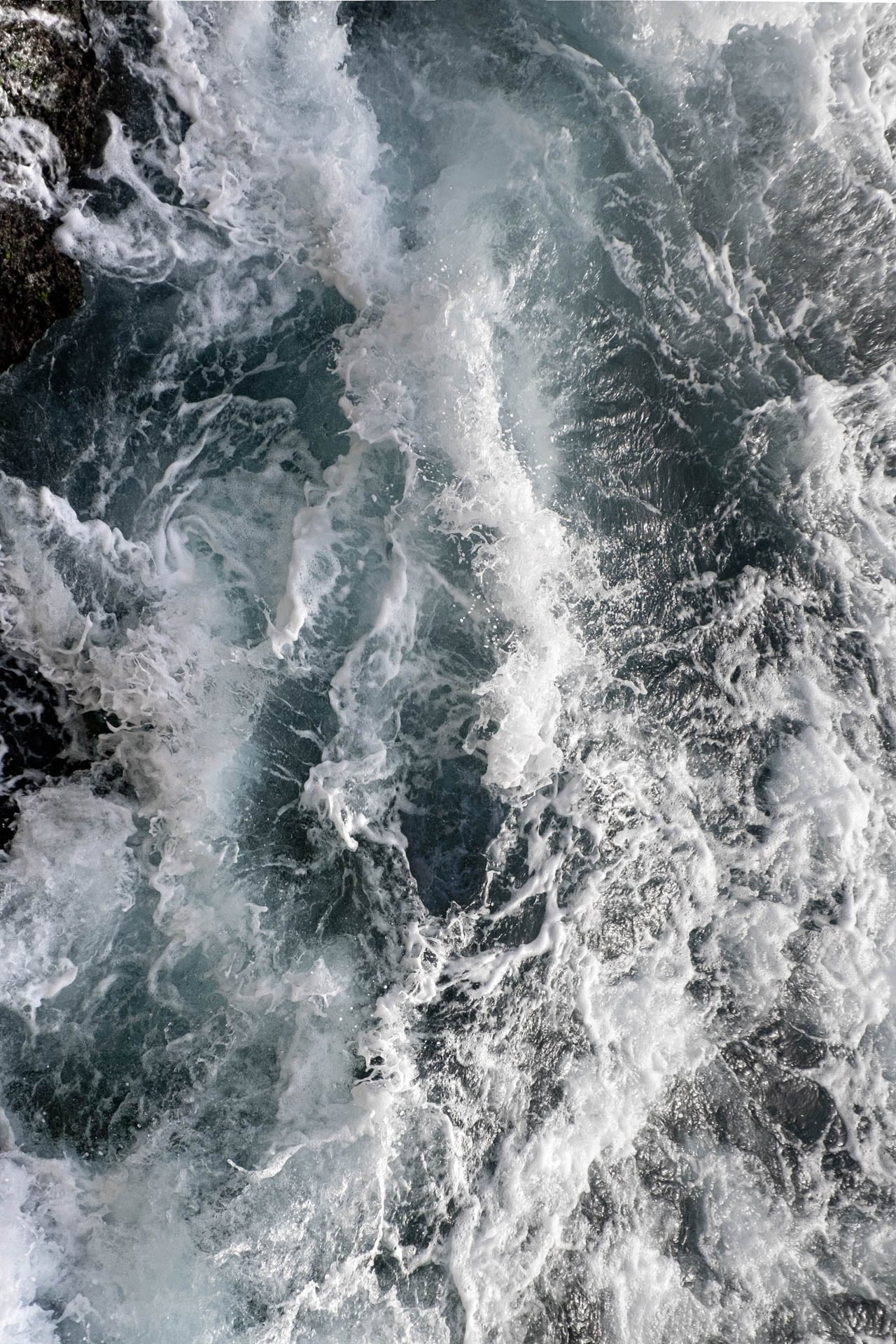
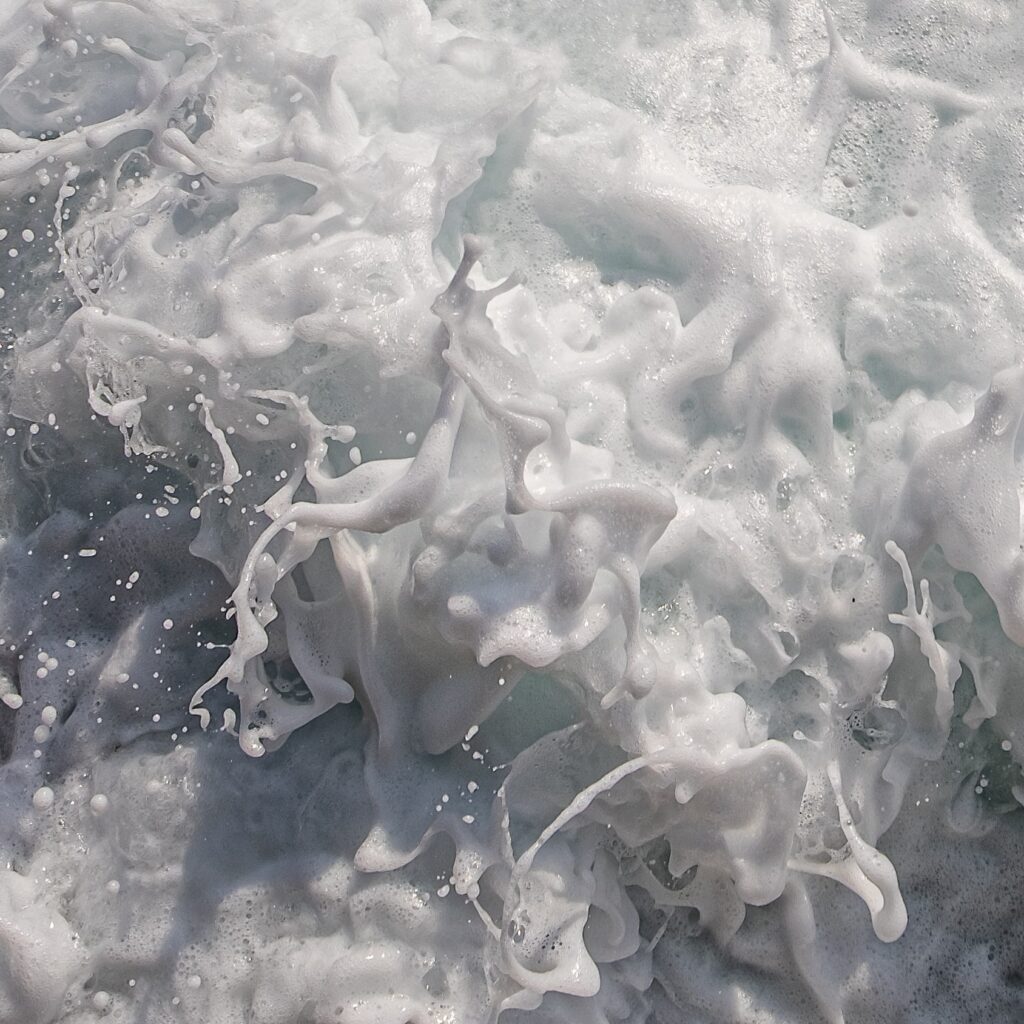
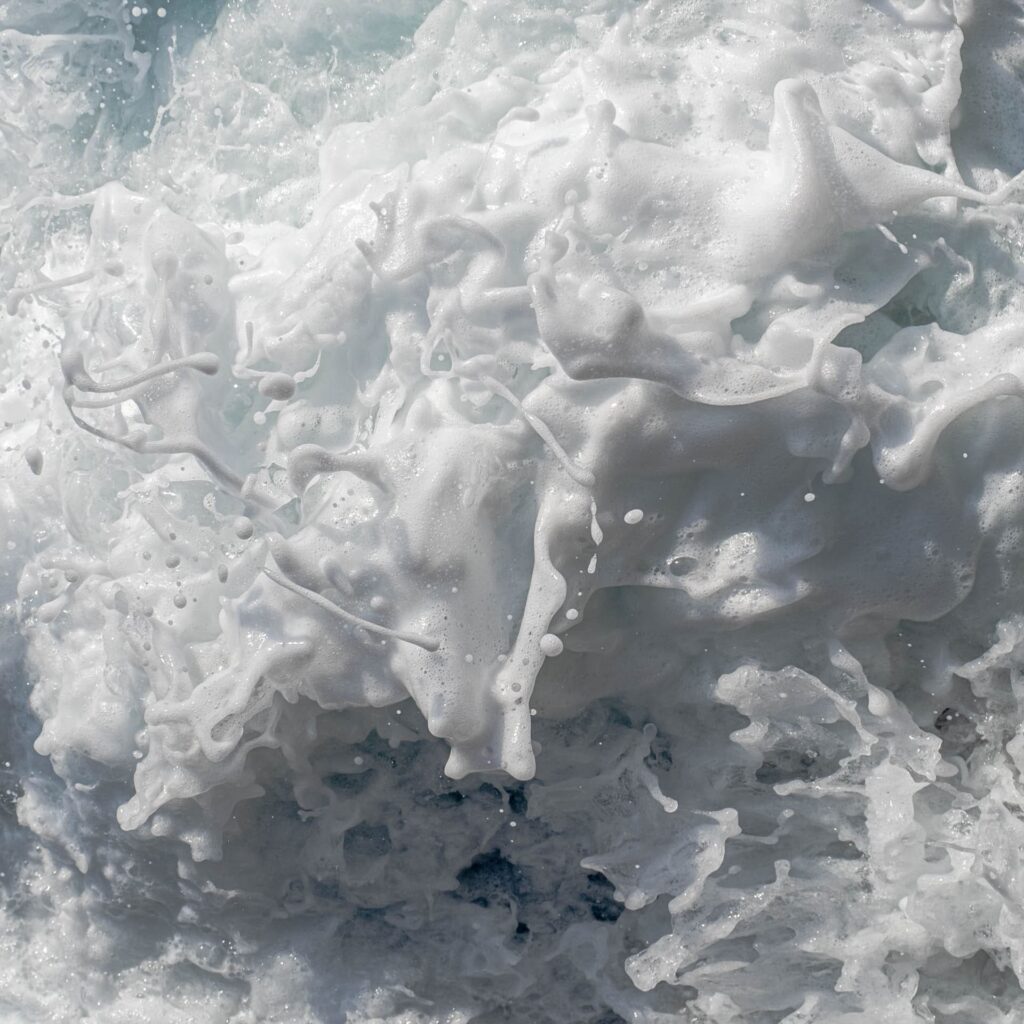
At times, reality becomes symbol without intending to. The camera captures a shape born of chance: foam that, as it dissolves, reveals a feminine silhouette. It is no longer just ephemeral matter—it folds, opens, reveals an intimate space. Not a contour, but a threshold.
This gesture echoes Gilles Deleuze’s idea in The Fold: the feminine not as boundary, but as infinite depth. Sexuality, not as visible exteriority, but as interiority that reveals itself in the folds of the world.
Here, evocation is not deliberate representation, but appearance. Chance seems to conspire with myth, as if Venus—the goddess born of sea foam—still leaves her traces on the ocean’s surface.
Anne Carson writes that the erotic dwells in distance, in what is merely suggested. This image embodies precisely that ambiguous space where form appears and dissolves.
The shutter captures it for an instant, but the photograph does not explain—it only suggests, and in that suggestion, invites a gaze willing to inhabit the mystery.
Under
What the Water Sees.
Just 4 cm below sea level, the entire world is inverted.
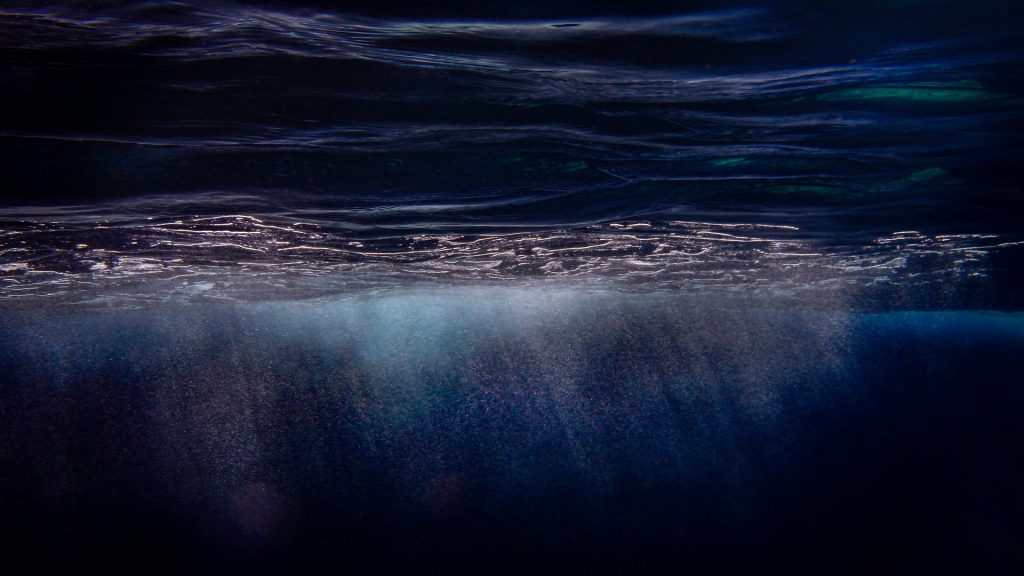
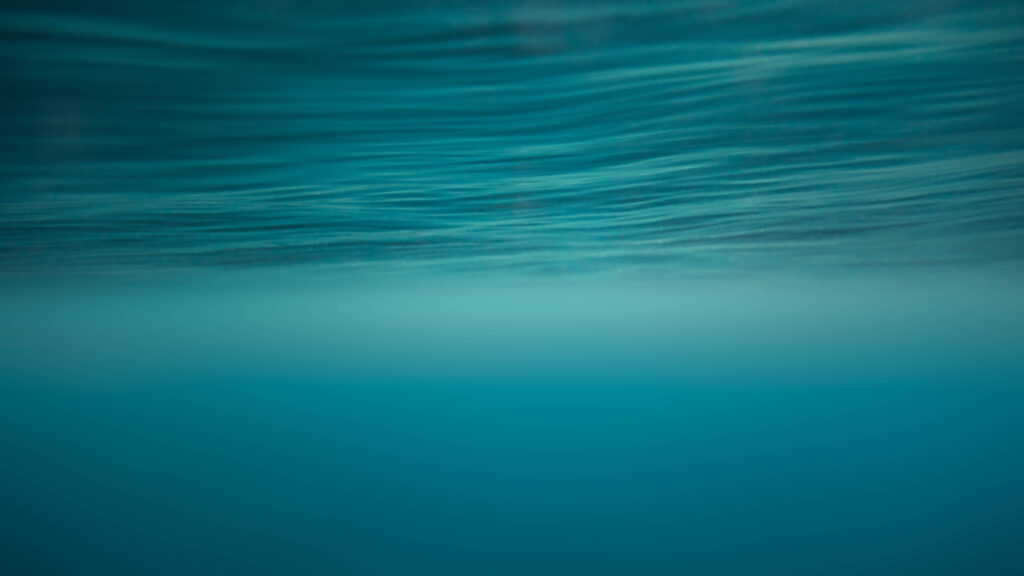
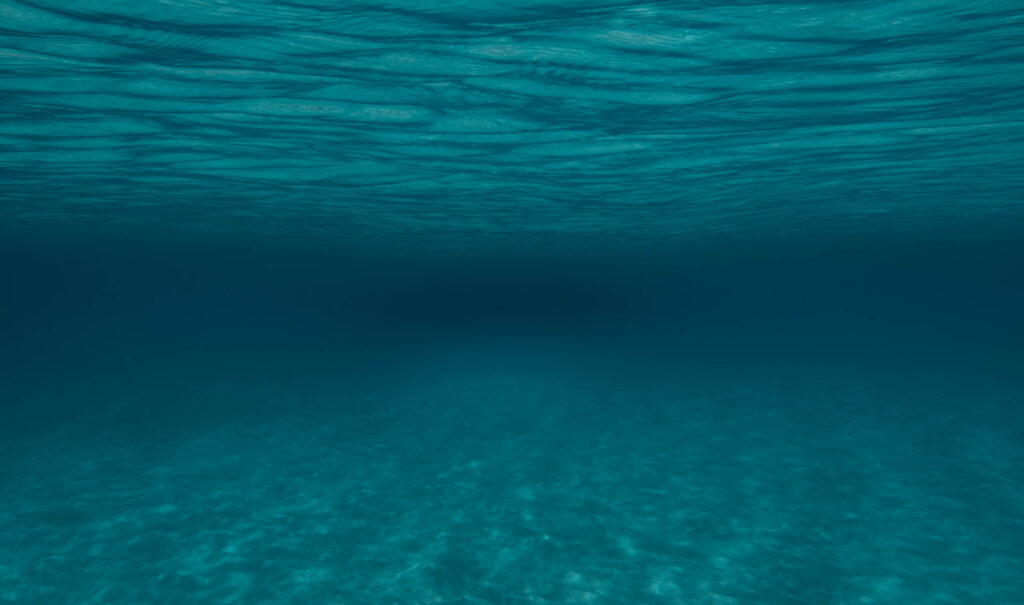
The surface acts as a liquid skin that connects realities: the visible world and its distorted reflection. There, at that vibrant threshold, the image unfolds—sometimes abstract, sometimes recognizable, always in constant transformation.
In the series What the Water Sees, the camera is positioned just four centimeters beneath the surface of the sea, offering us a transfigured view of the world.
The island, seen from beneath the water, is no longer the same. Suspended in its own reflection, it appears transformed by the lens of the sea and the cadence of time. What was solid becomes fluid; what once seemed familiar becomes enigmatic.
What the Water Sees invites us to look from another place, where perception becomes liquid and reality emerges as a construction shaped by light, water, and contemplation.
The Abyss in Suspension
The Abyss in Suspension.
Thirty-Six Views of the Great Wave.
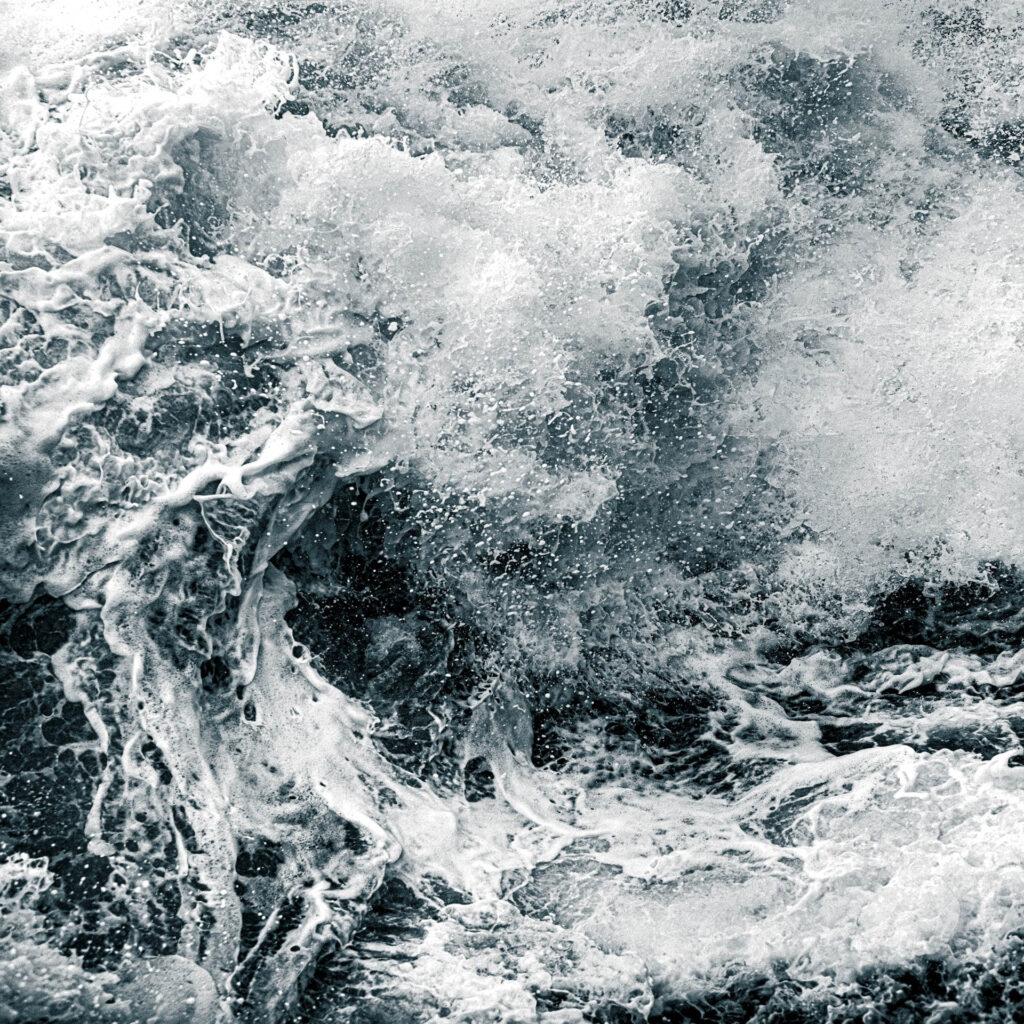


A wave, as an elemental force, embodies the sublime: something both beautiful and terrifying, a presence beyond all control. Photography transforms the fluid and the immeasurable into an ephemeral architecture, suspended for an instant.
Here, the wave is not landscape or narrative. It is pure body: without horizon, without scale. Overflowing foam, a form folding in on itself just before collapse. A unique and unrepeatable geometry of water.
The image does not seek calm, but astonishment. Not serene beauty, but energy in transit—an intensity that overwhelms reason. And yet, alongside that power emerges the possibility of another reading: contemplation. From a Zen and wabi-sabi sensibility, the wave reveals itself as imperfect, fleeting—and in that, profoundly illuminating.
This suspended wave speaks to the idea that everything flows. And yet, for a brief moment, the sea seems to sculpt a shape that resists oblivion. The photograph neither explains nor decorates: it inhabits the instant. It is a radical presence in the face of a movement that surpasses us.
This series inscribes itself in the tradition of The Great Wave off Kanagawa by Hokusai—not as a literal reference, but as a conceptual resonance… thirty-six ways of gazing into the abyss, just before it breaks.